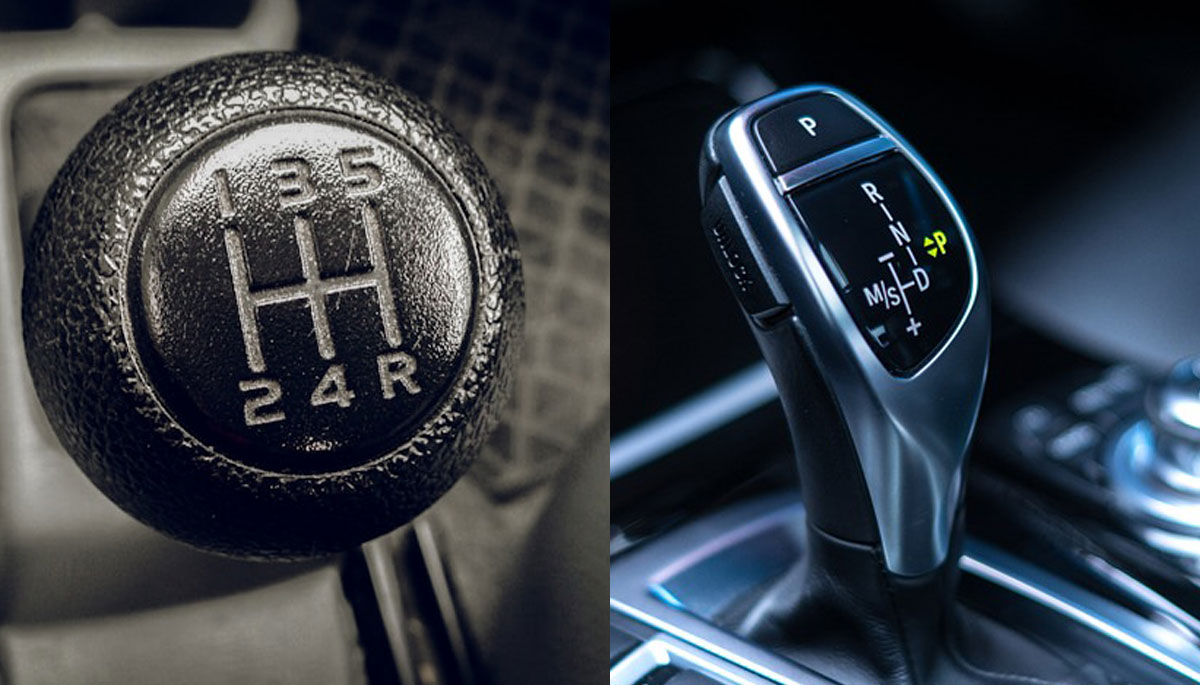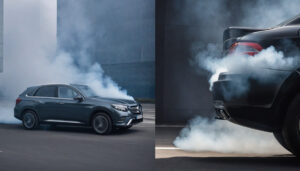Transmissions constitute a pivotal mechanical component delivering engine torque to eventually turn wheels. Two predominant varieties include traditional manual and contemporary automatic gearboxes – each showcasing advantages and tradeoffs.
Manual transmissions furnish granular control over power bands responding directly to driver gear shift inputs. Meanwhile automatics handle all shifting automatically via advanced hydraulics and computing – greatly simplifying the overall driving experience.
This comprehensive comparison examines nuanced differences in control factors, pricing, feature sets, use case suitability, maintenance and fuel economy guiding optimal selections. Let’s shift into gear!
A Century of Manual Gearbox Dominance
Manual transmissions relying on traditional H-pattern shifting have dominated the global automotive landscape over a hundred plus years since Karl Benz first integrated mechanical gearboxes for changing speed ratios on early cars circa late 1800s.
Their intuitive hands-on control using clutches and gear sticks resonated with multiple generations of enthusiastic drivers seeking active participation and extracting dynamic performance – cementing enduring appeal passing skill honing rituals down over decades.
Core Benefits
- Direct control over discrete gear ratios = enhanced response
- No computers intermediate between human inputs and wheel outputs
- With practice, adept heel-toe maneuvering enables exquisite throttle finesse
- Engine braking slows vehicle without relying solely on friction pads
- Amortizes low complexity design over hundreds of thousand kms
Common Challenges
- Necessitates both hand (gear stick) and foot (clutch) coordination
- Stalling risks if throttle/clutch balance falls out of harmony
- Stop-start traffic induces left leg fatigue depressing clutch pedal ceaselessly.
- Incline starts may roll back slightly before finding friction zone
- Cannot let valet drivers touch cars unlike automatic models.
While manual gearboxes demand practiced synchronization skills between limb pairs for smooth symphony, the reward ensures maximum transmission control authority remaining connected to vehicle responses.
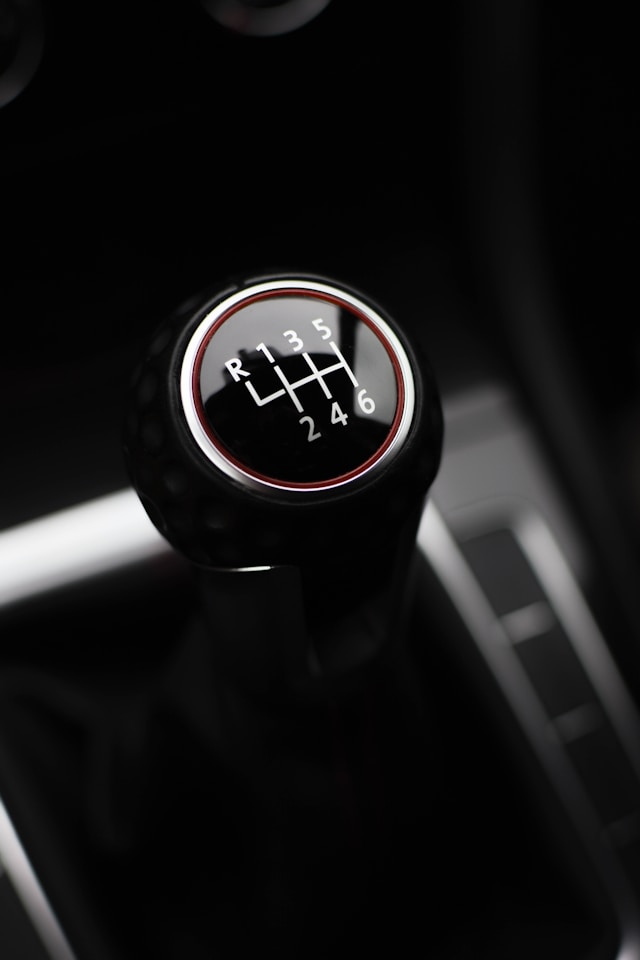
Rise of Automatic Transmissions Globally
While North America widely adopted self-shifting automatic transmissions by mid 20th century courtesy General Motors Hydra-Matic innovations, manual gearboxes persisted as entrenched conventions across European and Asian markets for decades more.
However refinement of advanced hydraulics regulating friction clutches coupled with electronic controls orchestrating everything precipitated a tidal shift in the 21st century as enhanced dual clutch automated manuals won over petrolheads and luxury vehicles buyers alike. India similarly witnesses soaring demand for automatics as congested cities and value consciousness buyers expand.
Core Benefits
- No manual clutch depression nor gear shifts needed ever
- Simplified vehicle operation accessible by anyone
- Creeping aids hill starts unlike manual rollbacks
- Hold mode prevents sliding on inclines
- Self downshifts during overtaking punch power boosts
Tradeoffs
- Initial purchase prices run higher than manual variants
- Relinquishes an aspect of direct mechanical control to transmission computer algorithms
- Repair costs escalate for complex architecture versus more robust manual gearboxes
Automatics democratize fuss free personal mobility for the masses while peppering high end models with paddle shifters and custom drive modes catering to the purists. Best of both worlds!
Pricing Delta – Justifiable Premiums?
The manufacturing precision and quality control necessary for mass producing automatic transmission components from torque converters to gear sets translates into higher initial purchase prices – making automatics out of reach for many budget focused buyers in India.
India Market Price Differences
- Similar car models equipped with automatic transmissions command ₹1 – 2 Lakh (10-25%) higher trims over manual variants
- More number of gear speeds further increment prices
This affordability consideration steers value focused customers sticking with old school manual stick shifts amortizing frugal maintenance costs over ownership periods despite relinquishing ultimate simplicity during daily commutes.
Wealthier buyers in metro cities willingly absorb premium sticker hits to lock in driving ease along with adaptive intelligence and expected reliability advances thanks to self-diagnostics. For those stretching budgets to acquire aspirational first cars – basic automatics diminish potential buyer remorse over manuals.
Global Industry Trends
Markets like United States boast 90% automatic penetration as decade long infrastructure adaptations make stick shifts nearly obsolete outside sporty niches. Korea and Japan report around 75% autos. Industry analysts expect India to follow suit reaching 50% automatic sales within this decade as preferences shift.

Control & Performance Differences
Beyond pricing, core mechanical control distinctions still influence gearbox selections for driving enthusiasts valuing maximum exploitability factoring Indian conditions.
Manual Transmission Benefits
- Directly selects gear ratios rather than surrendering to transmission computer guidance’s
- Permits higher revving in lower gears for aggressive launches.
- Enables push start possibilities without battery unlike most automatics
- Forgiving to novice stallers unlike automatics needing restarts
- Gives more granular engine braking modulation on slick surfaces.
- Often proves more responsive translating pedal inputs into wheel rotations
Automatic Transmission Tradeoffs
- Lacks direct gear control with computer logic dictating upshifts
- Unexpected ratio changes occasionally disrupt intended acceleration.
- Top gear lockouts limit urgent downshifting above certain speeds
- Transitions feel indirect compared to mechanical manuals
- Still costs significantly higher for acquisition
Thus while automatics greatly simplify otherwise tedious gear shifting operations, hardcore enthusiasts still covet the greater authority and vehicle feedback with traditional manual transmissions – if willing to tradeoff greater involvement balancing throttle and clutch interplay at each phase.
Daily Driving Convenience Factors
Flip side to enhanced control remains the continual need for maintaining operational competency coordinating synchronized manual gear shifting – which self automated automatics essentially nullify.
Onerous Manual Shifting Challenges
- Requires both hand (H-shifter) & foot (clutch) coordination shifting gears while balancing throttle
- Risks stalling engine if throttle/clutch sync falls out of harmony.
- Incessant clutching in bumper-to-bumper traffic strains left leg pressing pedal thousands of times
- Tricky hill starts may roll vehicle slightly backwards without artful feathering skills
- Cannot let parking valets or novice borrowers operate cars
- Ideal start gear selection requires thinking
Automatic Driving Conveniences
- Simply transition foot between brake and throttle for seamless acceleration
- No risk of stalling ever; transmission computer safeguards prevent this
- Stop-go traffic jams managed without fatiguing leg via automated gearchanges
- Parking on inclines safely holds cars using hill assist algorithms
- Valet or new drivers manage cars easily unlike manuals
Over time, seasoned manual operators cultivate rhythm minimizing excessive workload. But inherent operational ease of automatic variants persists – eliminating entire realms of failure points.
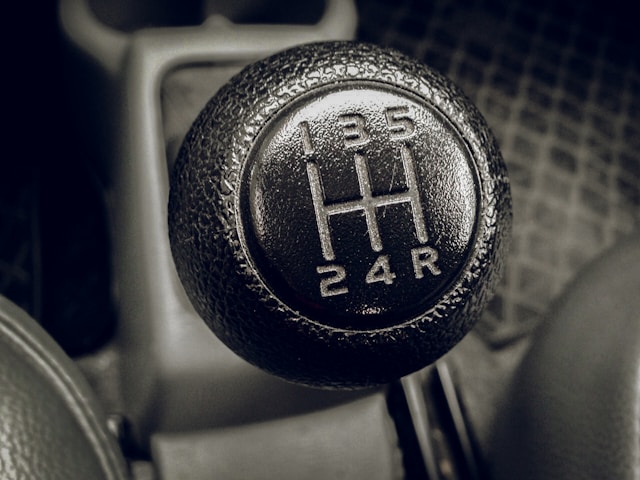
Use Case Suitability Factors
Both transmission varieties shine solving certain frequently encountered real world driving scenarios.
Ideal Automatic Conditions
- Bumper to bumper clogged traffic: No clutching minimizes left leg strains managing thousands of start-stops
- Highway toll routes: Reduces fatigue facing endless gear shifting needs unlike computer handling operation
- Senior drivers: May lack requisite nimble footwork and reaction times
- Hilly start-stops: Built-in hill hold function prevents rollback, unlike brief manual clutch slips
Manual Transmission Strongholds
- Sporty twisty driving: Direct gear control juices aggressive launches, overtaking and spirited handling
- Slippery surfaces: Gives stability fine tuning wheel slip via natural cadence of gearing rather than laggy kickdowns
- Towing heavy loads: Metered low gear crawling improves control unlike computer managed shifts
- Waterlogged streets: Enables metering torque to avoid skidding unlike freewheeling automatics
Thus based on realistic use case scenarios encountered by drivers, both transmission varieties solve unique real world problems.
Ownership Cost Implications
Another pivotal consideration remains mechanical durability coupled with long term maintenance and repairs determining total cost of ownership impacts.
Automatics merge hundreds of precision forged steel components into compact assemblies paired with electronic controls – expensive when malfunctioning. Manual gearboxes and clutches conversely use simpler architectures less likely failing but needing occasional adjustments.
Manual Transmission (MT) Costs
- Just gears, shafts and synchronizers constitute moving parts
- Seals may leak oil requiring resealing.
- Clutch friction plates wear needing replacement around 100k kms.
- Shifter cables stretch requiring tuning.
- Overall low complexity guts keep servicing cheaper.
Automatic Transmission (AT) Expenses
- Sophisticated manufacturing of torque converter and planetary gearsets
- Numerous sensors drift needing software recalibrations
- Failed bearings and gear damages necessitate outright replacements
- Complex integration risks something acting up requiring skills
- Lavish garage bills anticipated over lifetime ownership
Additionally, automatics suggest complete fluid drain and refill every 60,000 kms costing Rs 5000+ to prevent deterioration and improve shifts. Thus aggregate maintenance and repairs run higher.
Fuel Efficiency Comparison
The added mechanical friction losses within automatic hydraulics traditionally delivered lower efficiency than manual variants. However, modern 6-8 speed automatics now achieve parity leveraging:
- Lockup torque converters coupling engine output directly through gears at highway speeds without losses
- Optimized electronic mapping selecting optimal ratios balancing performance and economy
- Extra gears keep engine RPMs lower reducing throttling needs
In fact, top end hybrid vehicles like Toyota Camry and Honda Accord now deliver superior mileage compared to manual alternatives since electric motors fill torque gaps during transitions.
The Rise of Automated Manual Transmissions
Seeking to balance automatic convenience with manual control, high end brands infused compact dual clutch transmissions and shift-by-wire automatic manuals using computer execution of user paddle shifter commands.
Dual Clutch Transmissions
- Contains two independent gear shafts
- Overlapping pre-selection enables near instantaneous shifts
- Delivers urgent kickdowns at wide open throttle
- Functions as automatic for relaxed driving
Automatic Manuals
- Manual gearboxes equipped with electro-hydraulic clutches and actuators.
- Computer controls clutch and shifts responding to paddles
- Gives urgency of manual without any left foot chore
These technical masterpieces furnish the best of both worlds – effortless daily driving with on-demand control authority – but cost multiple factors over conventional auto and manual gearboxes.
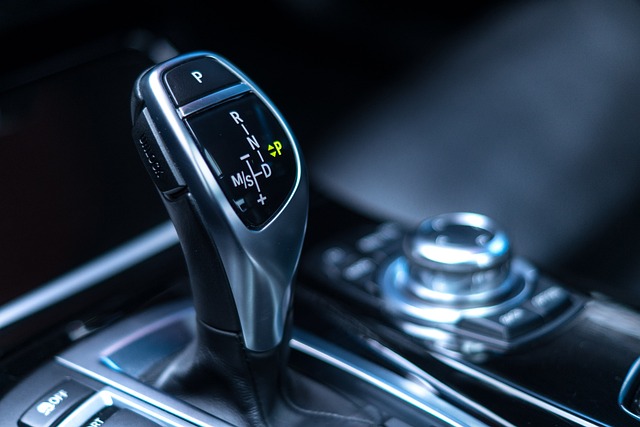
The Road Ahead
Industry observers expect manual transmission popularity to gradually decline in coming years with increased adoption of automatic and automated manual alternatives, especially amongst aspirational younger buyers.
Higher disposable incomes couple with preference shifts as dense traffic conditions make ceaseless gear shifting operations tedious to endure over decades of car ownership.
However purists will still cherish traditional stick shift dynamics while budget focused motorists satisfy needs with lower cost manuals. Customization and options catering to both extremes will proliferate.
In summary – balancing control, cost and use case suitability factors guides selections between satisfying manual gearboxes and convenient automatic transmissions when acquiring new cars. Test drive both technologies to experience key differentiators before finalizing decisions. Happy Motoring!

